In the late 1970s, M. S. Whittingham was the first researcher who proposed Lithium batteries at Binghamton University. It is used in cell phones, laptops, iPods, digital cameras, and even e-bikes. Ebikes are becoming popular now. It is a new technology that helps people travel short distances without gasoline.
Lithium-ion batteries play a vital role in the running of an e-bike. Without a battery, your e-bike is a regular bike. In this insightful post, we'll look at all the aspects of lithium batteries and how to choose them.
What Is Lithium Battery?
The lithium-ion battery is a rechargeable battery. Unlike a traditional battery, lithium ions move from the positive electrode to the negative electrode during discharge and from the negative electrode to the positive electrode during charging and recombine with the cathode's electrons.
As Li-ions are small, they can quickly move through carbon-based material, making them more efficient. That's why the voltage is high, and it lasts longer.
Classifications of Lithium Battery
Lithium batteries are most commonly found in these two types, whether an electric car or an electric bike. The principle of these two lithium batteries is the same; the difference is their cathode material.
Ternary Lithium Batteries - This terpolymer is generally composed of manganese, cobalt, and nickel salts and is mainly used in the positive electrode of batteries. It has the advantage of lighter material, contains more lithium ions, and has more range. In colder temperatures, the ternary lithium battery's power decays more slowly.
Lithium Iron Phosphate Batteries - Lithium-iron-phosphate batteries use lithium iron phosphate (LiFePO4) as cathode material. The advantage of this is that it has high energy density, lower cost per unit of energy, and is safer than most ternary lithium batteries.
The debate about which one is better, between ternary lithium batteries and lithium iron phosphate batteries, has been going on for a long time. They each have advantages and disadvantages, so you can't say who is necessarily good and who is necessarily bad.
Is Lithium Battery Safe?
Well, many concerns have been raised about the safety of Lithium batteries. That's right.
In any battery, the main components that might cause a safety hazard are the electrolyte and electrode. Electrolytes are unsafe if swallowed or exposed to open flames. The electrode, in particular, can be dangerous if they come into contact with the skin.
So, it would help if you always were careful when using these batteries. Follow the safety guidelines to prevent accidents.
How Does a Lithium Battery Work?
When you ride an e-bike, the battery delivers energy to the motor and makes it rotate. The engine uses this energy to make the wheels turn. Lithium-Ion batteries consist of the following four main parts:
1. Positive electrode
2. Negative electrode
3. Electrolyte fluid or a porous material holding the electrolyte
4. Separator, which keeps the negative and positive electrodes apart
For a detailed depiction of Lithium-ion batteries, check out the following illustration.

Charging of a Battery:
When the battery is being charged, the lithium ions are discharged from the positive electrode to the negative electrode. The electrolyte fluid helps in transporting these ions. And the electrons move also but take the path of the outer circuit and then recombine with Li ions to neutralize the ions. The battery is said to be charged when all Li-ions are removed from the positive electrode.
It is illustrated in the following picture as follows:

Discharging of Battery:
When the battery discharges, all Li-ions move from the negative electrode to the positive electrode. And to balance the ions, electrons move from the negative electrode to the positive electrode through the external circuit and interact with Li-ions to provide a complete circuit. When all the electrons from the negative electrode are discharged, the battery is said to be discharged.
It is shown in the following picture.

To visualize the whole process check out the animation created by the US Department of Energy.
What is the Lifespan of an Ebike Lithium Battery?
The lifespan of a Lithium-ion is not a fixed number; it varies according to the use of the battery. The lifespan can be increased by charging more often at low levels and reducing the discharge rate.
The following factors can affect the lifespan of a Lithium-ion battery.
1. The temperature or surrounding condition affects the lifespan of a Lithium-ion 2. battery.
3. Overcharging and over-discharging the battery will decrease its lifespan.
4. How fast and slow you charge the battery will affect its lifespan.
Battery Terms That Every Rider Should Know!
Now that you know the basic concept of lithium batteries, you must know some battery terms as a rider.
1. Voltage:
An electromotive force or "pressure" causes electrons to flow. In simple words, voltage is the potential energy of an electron. To measure voltage, we use Volts (V). Higher the voltage, the more power it can store.
So, e-bike batteries with 48V voltage are more efficient and provide more energy to the bike than 36V batteries. The HAOQI e-bikes come with 48V batteries.
2. Capacity:
A battery can store energy. Ampere-Hour (Ah) is a unit of measure for battery capacity. The more power your battery has, the faster it can perform.
Nowadays, most e-bike batteries have a high capacity. For example, HAOQI's e-bike battery comes with a 16Ah capacity. The HAOQI Antelope Cargo provides 26Ah capacity.
3. Energy:
The Wh stands for watt-hours (Wh), the total energy stored by a battery. It is obtained by multiplying the watts with time in hours. And you know one watt is equal to one Volt multiplied by one Ampare so that the energy can be measured in Ah x V.
For example, If a battery has a voltage of 48V and a capacity of 16Ah, then by multiplying these two values, you will get the total energy of 768 in watt-hours. This formula can help you find the battery range or mileage per charge as follows.

Ebike Lithium Battery Choose Guide
If you are planning to upgrade, replace or install a Lithium battery for your e-bike. This knowledge will help you to make a better decision.
Voltage: Higher the voltage, the higher the speed. For e-bikes, we recommend a voltage of 48 volts. This high voltage provides high rates, and the pedal-assist systems get activated much faster than 36-volt batteries.
Every HAOQI e-bike model uses a 48-volt battery for its high performance and quick acceleration.
Amperes: The higher ampere a battery has, the faster speed and more mileage you will get. So, You should always look for a battery with a higher ampere count. Preferably 16Ah and 768Wh energy or more.
Charge times: Lithium batteries usually take less time to charge, and you can get a full charge within 3-6 hours. This makes them perfect for long-distance riding.
Weight: You should also look for a battery that weighs less and takes up less space. Lithium batteries are lighter than other types of batteries; they take up less space.
The HAOQI battery (only 9.0 lb) packs are designed with an ultra-lightweight material that makes them perfect for everyday e-bike use. You can buy our battery pack at the price of $499.


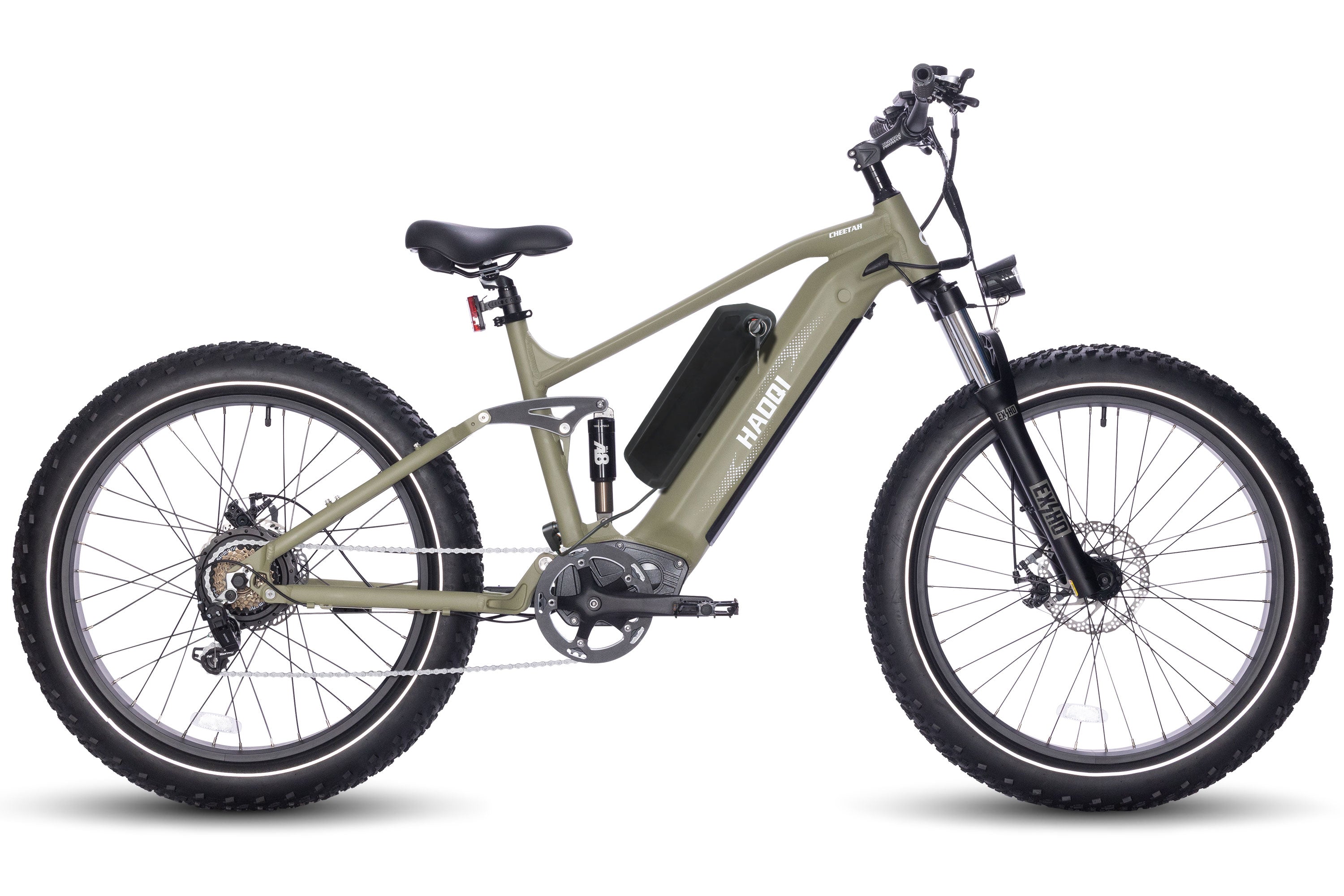

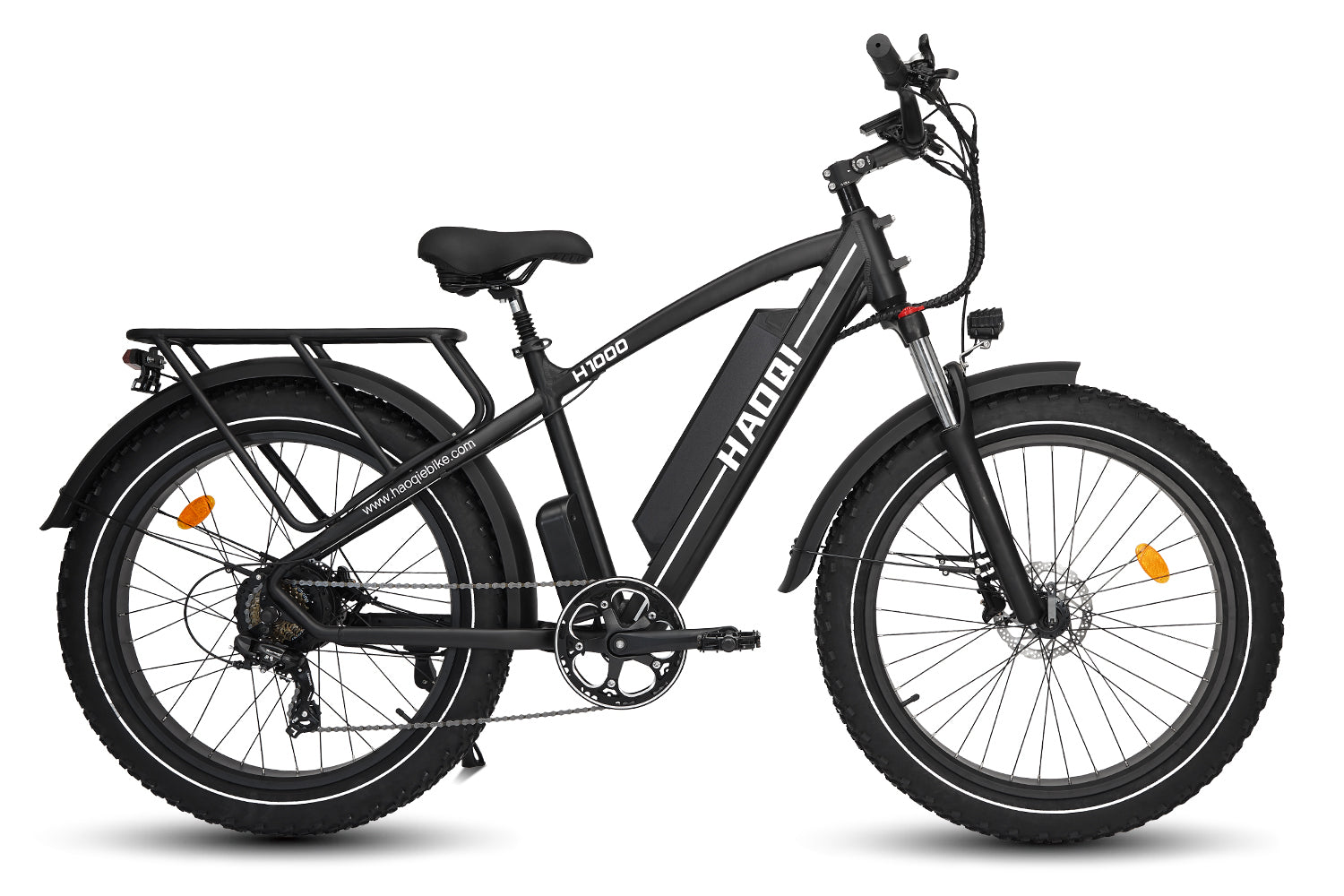
![HAOQI Antelope 500W Cargo Electric Bike (UL Certified) [electric bike] [HAOQI ebike]](http://haoqiebike.com/cdn/shop/products/haoqi-antelope-cargo-electric-bike-with-dual-battery-haoqiebike-com-1.jpg?v=1753954498&width=1500)
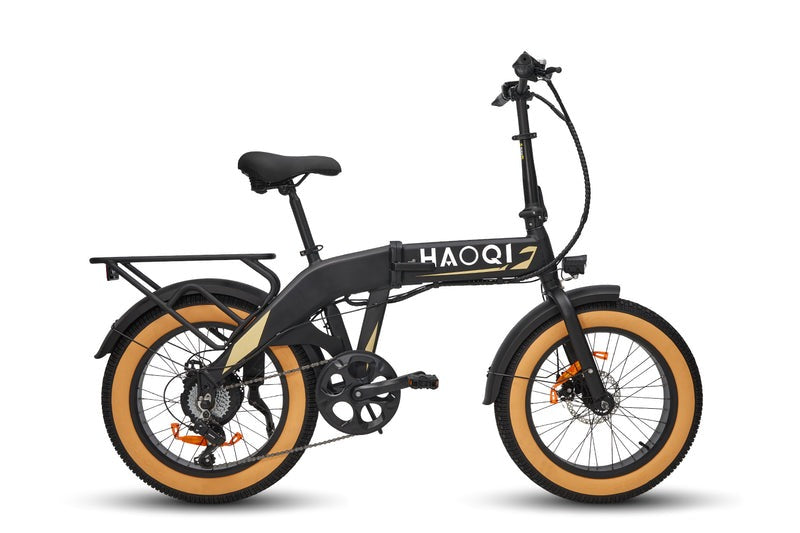
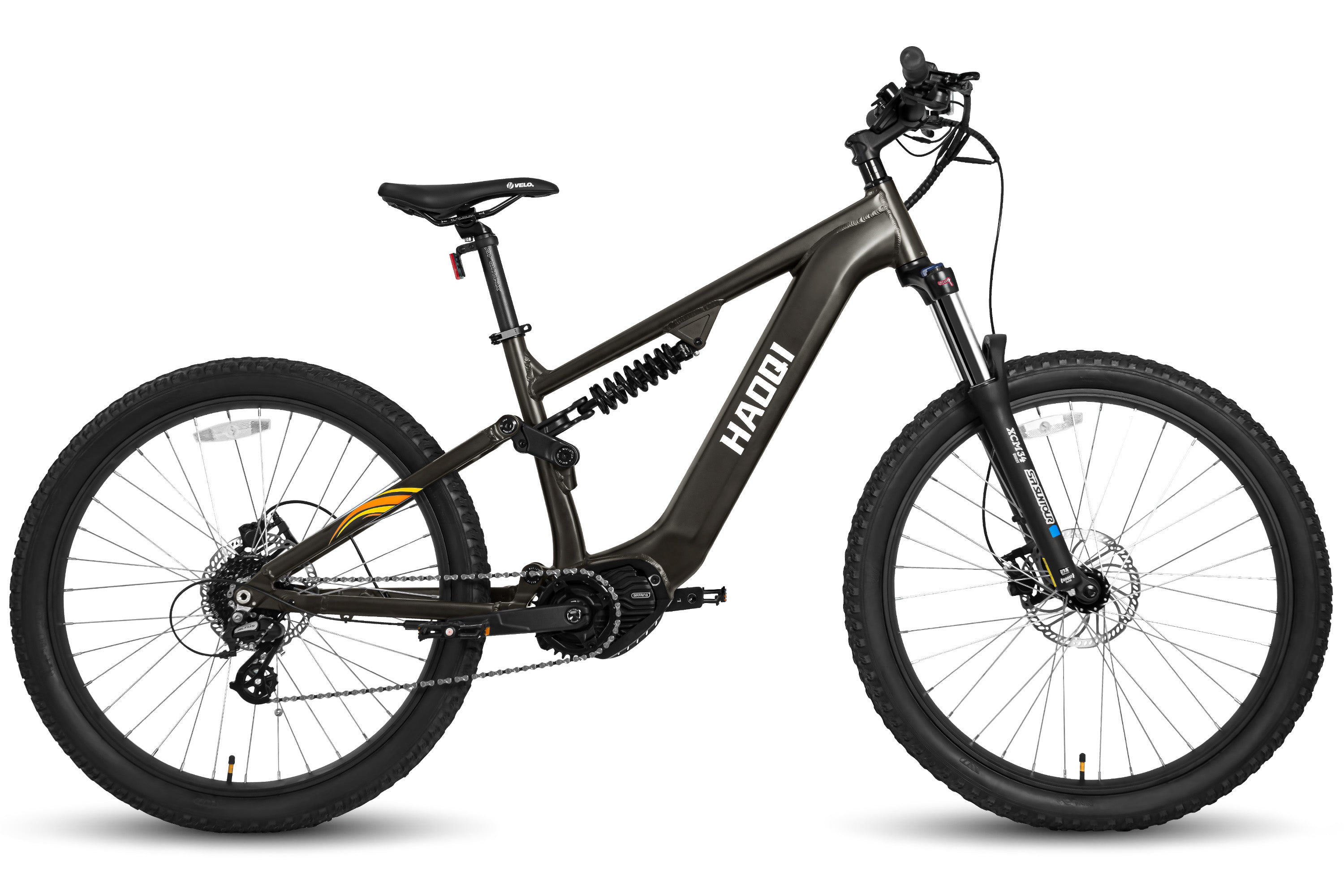
![HAOQI Eagle Long Range Electric Bicycle (UL Certified) [electric bike] [HAOQI ebike]](http://haoqiebike.com/cdn/shop/files/2_bf7ae46b-aad6-472a-9c14-d56ca3f0feb6.jpg?v=1755142722&width=1500)
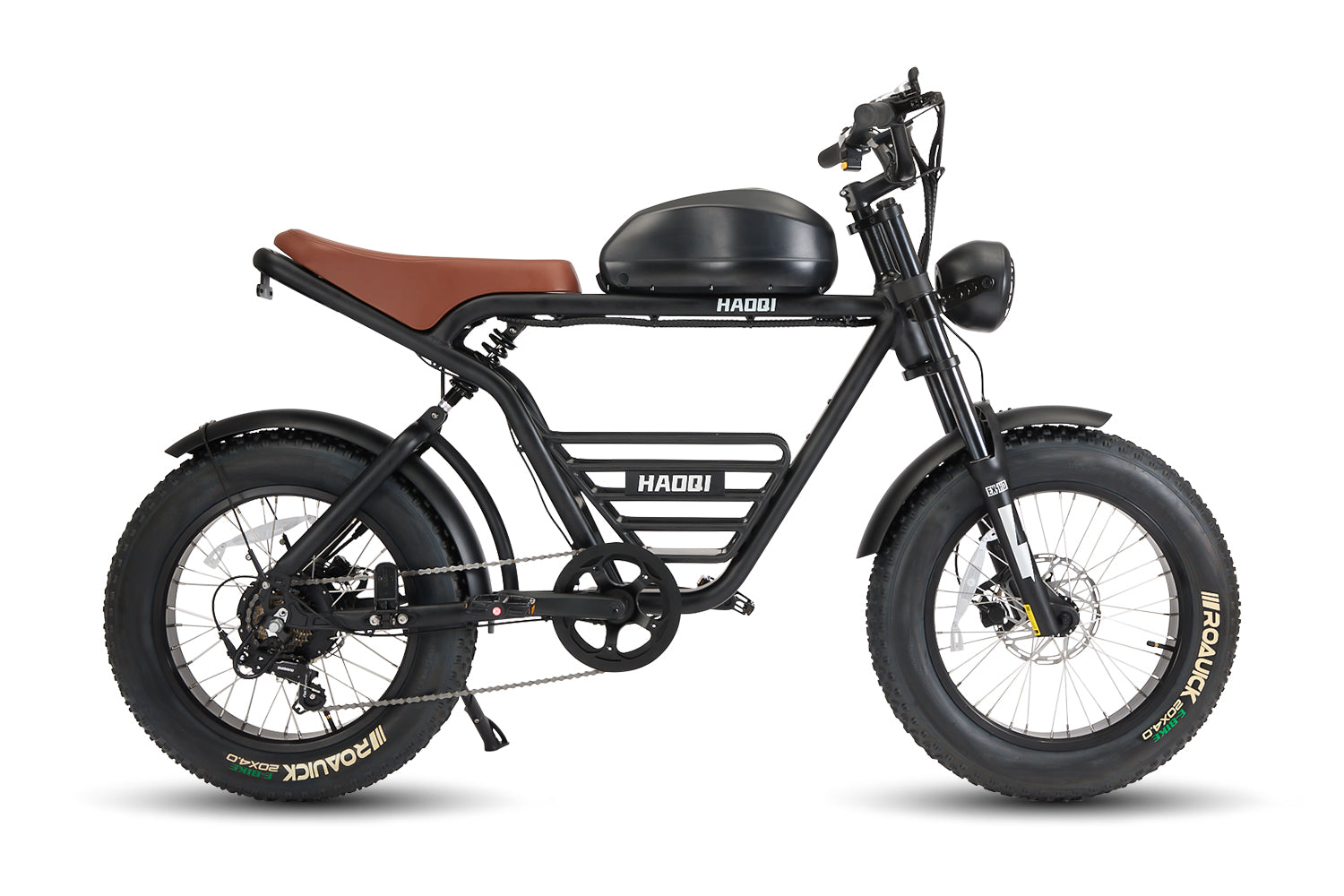
![HAOQI Antelope Pro 750W Cargo Electric Bike (UL Certified) [electric bike] [HAOQI ebike]](http://haoqiebike.com/cdn/shop/products/haoqi-antelope-pro-cargo-electric-bike-with-dual-battery-750w-haoqiebike-com-1.jpg?v=1751610204&width=1500)


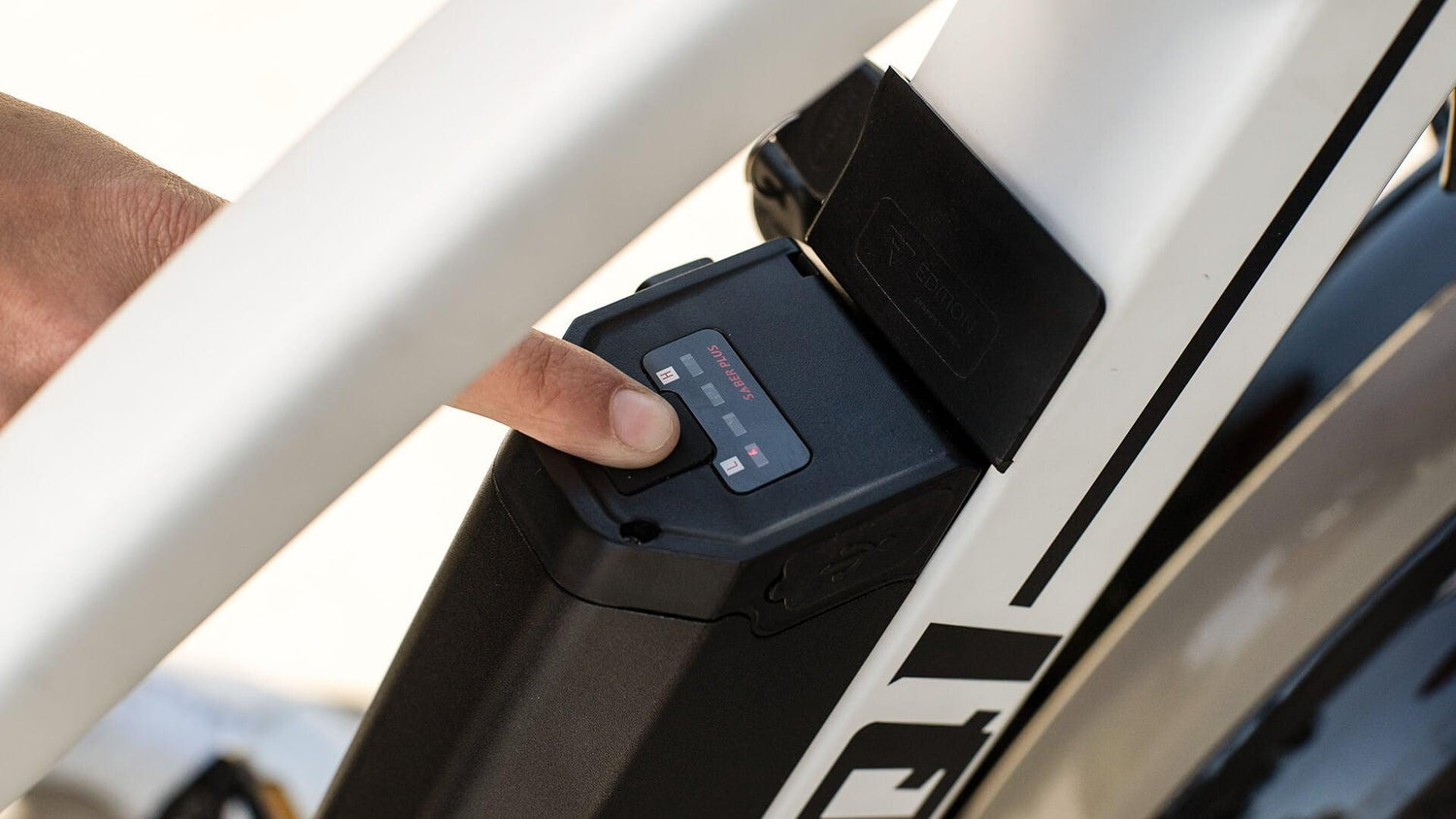






Leave a comment
All comments are moderated before being published.
This site is protected by hCaptcha and the hCaptcha Privacy Policy and Terms of Service apply.